A three-dimensional map showing an actin filament (blue) bound to a fragment of the cross-linking protein, filamin A (green).
For human cells to form and move normally during development, a network of protein filaments, known as the actin cytoskeleton, must organize the cell’s shape from within. To help rearrange this network, another protein known as filamin must bind and crosslink actin in the cell. When this process fails due to genetic mutations in filamin, a number of developmental diseases can arise.
A Yale-led team of researchers recently defined the binding mechanism between filamin and actin and described how disease mutations disrupt this important interaction.
To visualize the structure of filamin binding to actin, the research team turned to a technique known as cryo-electron microscopy. Taking advantage of recent advancements in this method, they obtained a near-atomic-level view of these essential networking proteins, and with this high-resolution reconstruction, they determined the precise molecular interactions between filamin and actin.
The researchers also observed how those specific interactions could be altered by filamin mutations that cause neurological, cardiovascular, or skeletal abnormalities during human development. “It explains the structural basis of a number of important mutations,” said co-author Charles Sindelar.
The finding provides new insight on how similar proteins bind the actin cytoskeleton to coordinate cell behavior, and paves the way for further examination of filamin, a long and complex protein with many other cellular functions.
Reference: “Structural basis of the filamin A actin-binding domain interaction with F-actin” by Daniel V. Iwamoto, Andrew Huehn, Bertrand Simon, Clotilde Huet-Calderwood, Massimiliano Baldassarre, Charles V. Sindelar and David A. Calderwood, 17 September 2018, Nature Structural & Molecular Biology.
DOI: 10.1038/s41594-018-0128-3

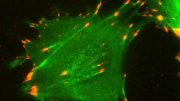
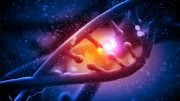
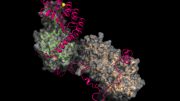
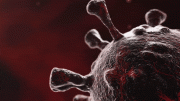
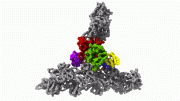


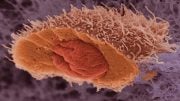
Be the first to comment on "Scientists Provide New Insights Into the Origins of Genetic Diseases"